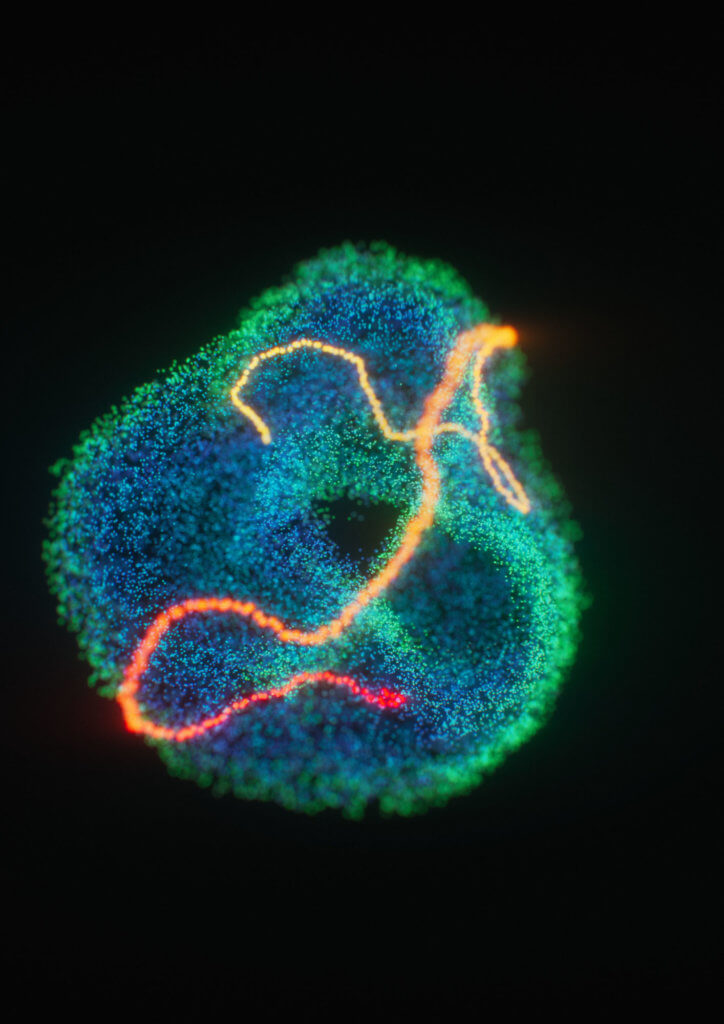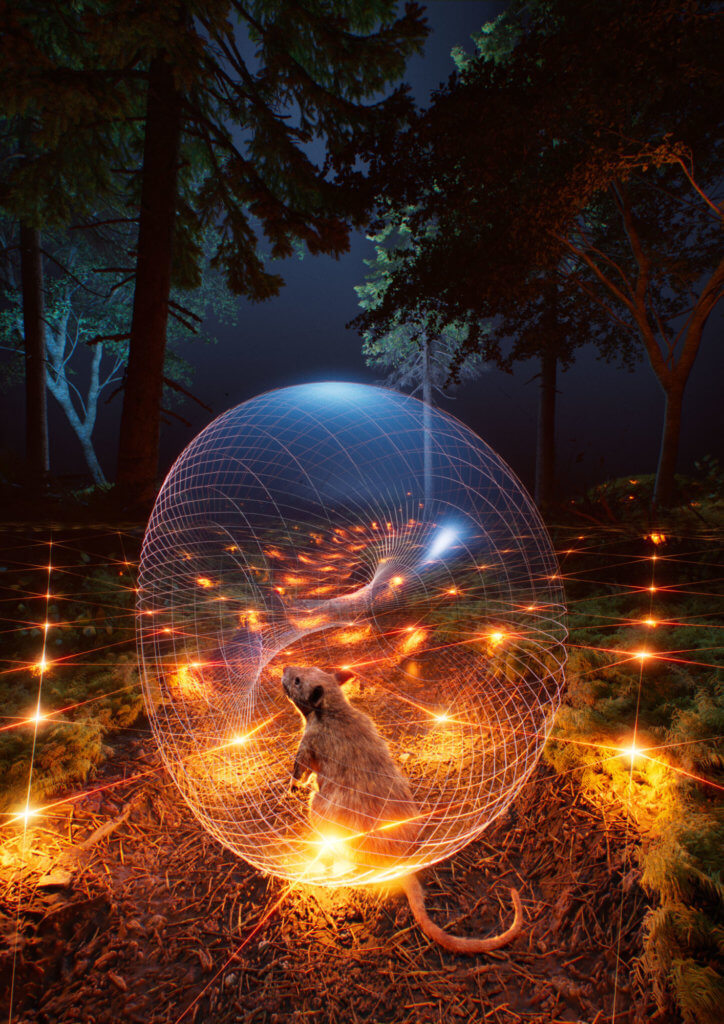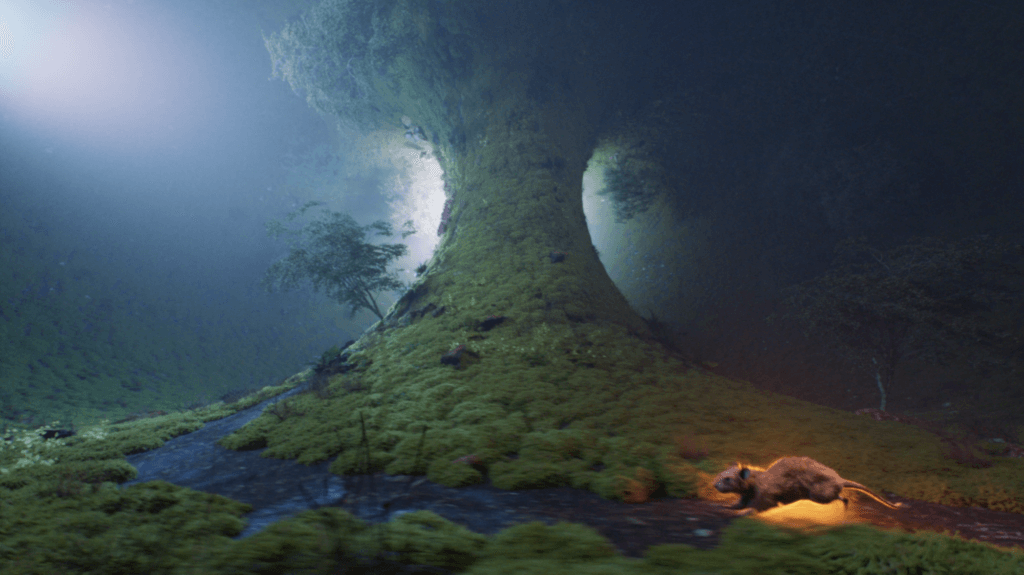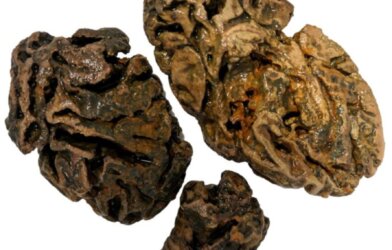Our brains operate on a complex system contingent upon the activity of hundreds of thousands of neurons in neural networks. For grid cells, neural network conversations produce high-level brain functions such as our ability to navigate or understanding our location.
A recent study out of the Norwegian University of Science and Technology’s (NTNU) Kavli Institute for Systems Neuroscience has given researchers one of the first insights on how brain cells operate collectively. “It provides an unprecedented glimpse into how large networks of neurons produce properties that cannot be inferred from the activities of single cells. These collective codes are the clue to all high-level cognitive functions of the brain,” says Edvard Moser, a professor of neuroscience and co-director of the institute, in a statement.
Over the course of the past 50 years, neuroscience has benefited from the growing knowledge on how neural networks organize information in the brain. This knowledge proposes that the networks’ activities are not defined by sensory or motor output, but rather by a self-organized system that is contingent upon the specific ways the cells are connected within the network.
This theory, called continuous attractor networks (CAN), has not been able to be tested in the past due to the complexity of the undertaking. However, four recent advancements have made this research possible.

The first and second advancements were co-developed by the NTNU’s Kavli Institute for Systems Neuroscience. The first advancement is a novel supertool, called Neuropixels, that allows researchers to observe the neural activity of hundreds to thousands of cells. The second is the advanced, highly-detailed understanding of the network of grid cells in the entorhinal cortex that generates the brain’s GPS.
Thirdly, NTNU’s Department of Mathematical Sciences developed advanced topological maps for observation. Lastly, the CAN theory itself was born out of the ELSC at the Hebrew University of Jerusalem.
The goal of the study is to “solve the question of whether grid cell dynamics are an inevitable product of the animal’s experience in space, or if the grid cells’ hexagonal pattern arises from the intrinsic design of the neural network itself,” says Richard Gardner, a postdoc at the Kavli Institute for Systems Neuroscience.
Separated into three experiments, the first observed rats roaming an open landscape, in which single cells typically produce perfectly hexagonal grid patterns. In the second experiment, the rats moved about in a wagon wheel shaped maze. This pattern has been known to distort the grid patterns. Thirdly, the rats were observed in the REM sleep stage and slow-wave sleep stage. REM sleep is known to be where dreams occur during sleep, while in slow-wave sleep the brain does not receive motor or sensory input from the body or environment. In all three experiments, Neuropixels probes were used to collect raw brain in the rats data from hundreds of grid cells in one neural network.
Researchers say that whether the rats were freely exploring, running in the linear maze, or in REM or slow-wave sleep, the collective activity from the group of grid cells moved along the surface of a torus—or more commonly known as a ‘doughnut’ shape. “What we found was that the joint activity of the grid cell network resided on and moved along the surface of a torus, a doughnut. For the awake rat, the activity moved across the doughnut in synchrony with the animal’s movement in the room. At any given time, we could describe the rat’s network activity by coordinates on that doughnut,” adds Edvard Moser, a professor of neuroscience and co-director of NTNU’s Kavli Institute for Systems Neuroscience.

These findings support the proposed CAN theory. “The results fit very nicely with the theory of grid cells serving a very particular role for providing a basic metric of space,” Gardner stated.
The results also remarkably support the grid cell pattern consisting of the connections between grid cells, not the input from sensory systems from the outside. Researchers are optimistic about where these fascinating results will allow neuroscience to go. “It’s a promising approach for uncovering signals in the brain which may be hidden from us because they don’t relate to anything that we can see or measure externally”, added Gardner.
This study was published in the journal Nature.
Article written by Elizabeth Bartell












